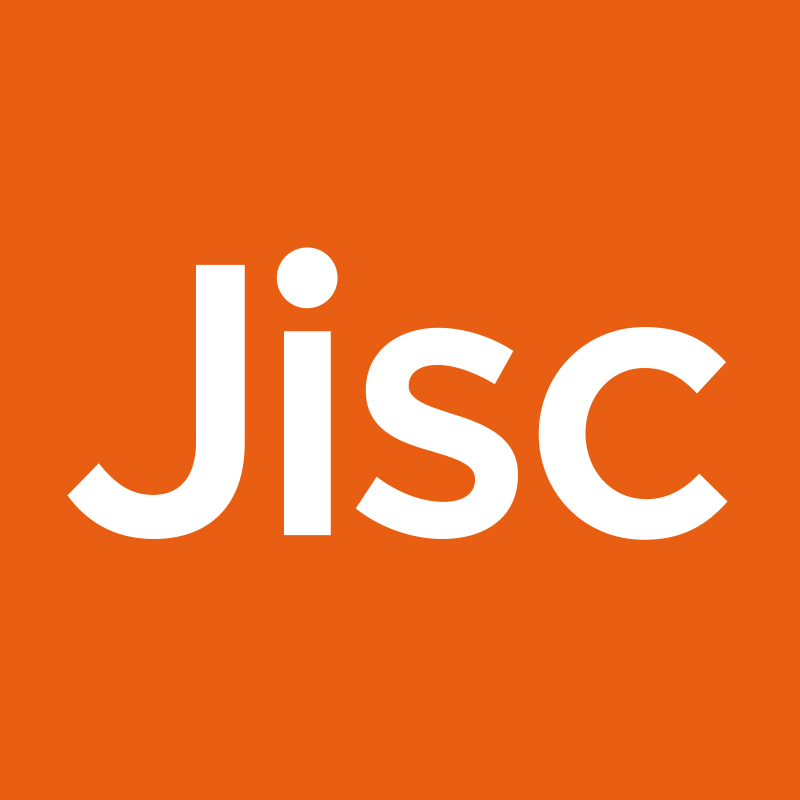Lancaster University’s campus was bathed in bright spring sunshine for DUUK25, but inside the lecture halls, some contributors painted a more sombre picture of the sector’s ability to keep pace with rapid digital change. There were still reasons for optimism though, with many sessions offering practical ideas for how universities might embrace meaningful and sustainable digital transformation.
Exponential Change
In the opening panel session (see image, below), Professor Anthony Finkelstein set the tone by describing the sector’s response to exponential digital change as an inadequate, linear reaction. He pointed to outdated infrastructure and ways of working, underinvestment, and the sector’s failure to capitalise on its market power in negotiations with providers.

Co-opetition
Continuing this theme on day two at the Faraday complex on campus, Professor Mark Thompson highlighted the silos and wasteful duplication that divert resources from universities’ core missions: research, teaching, and impact. His clarion call was for a sector-wide mandate to develop a common operating model. Supported by Liam Earney (Jisc) and Emma Woodcock (UCISA), he advocated for centralised, shared services that will reduce duplication and inefficiency while preserving healthy competition in a model he likens to the car industry’s “co-opetition.”
A Whole University Approach
These silos clearly exist not just between institutions, but within them. In one session, a delegate remarked that they only became aware of innovative practice at their own university by hearing about it at the conference. Similarly, David Myers of Lancaster University described how he discovered disconnected pockets of digital transformation when he investigated why their past digital investments hadn’t delivered the expected value.
“A whole university approach links performance indicators and maximises benefits.”
David Myers (Chief Information Officer, Lancaster University)
In response, Lancaster has adopted a whole-university approach to digital strategy, recognising that the breadth of opportunity offered by digital now touches every aspect of university life. Digital is no longer an add-on; it is an integral part of their business strategy, driven by top level Key Performance Indicators (KPIs).
No Workarounds
Making better use of the resources you have, or “sweating the asset”, was advocated as a way of achieving digital transformation without big investment by speakers from Imperial College London. Using the overhaul of their timetabling service as a case study, Dr James Moss, Helena Smith and Craig Walker stressed the importance of thorough preparation and high-quality data in their session. No shiny new software, they argued, can compensate for poor foundations.
Their approach was iterative, grounded in institutional policy, and driven by disciplined hard work (no workarounds), all in the service of simplicity. That hard work wasn’t limited to tackling technical challenges or cleaning up data- they estimated that only around 10% of the work was technical, with the remaining 90% devoted to ongoing, meaningful engagement with people.
Cross-functional Teams
I enjoyed Kris Purdy’s (University of Glasgow) session on defining digital principles to enhance the student experience. I particularly liked the cross-functional matrix model he shared. It neatly explains how his team sits between Business, Technology (IT) and Users.
Having worked in a similar space in Further Education, I think it’s a useful frame of reference for leaders when thinking about the kind of support and resources these teams need to succeed in digital transformation projects.
Playing With Purpose
Another recurring theme throughout the conference was the importance of collaboration and creating space for safe experimentation, a concept one speaker described as “playing with purpose.” Some described how their organisations had skunk works, innovation hubs, or living labs to test ideas in lower-risk environments.
I was especially intrigued by models that bring together diverse groups to drive social innovation. I learned of one such approach that was mentioned, known as the quadruple helix model, that positions innovation as a collaborative effort across academia, industry, government, and communities.
Conclusion
Taken together, the sessions at Digital Universities UK 2025 I attended painted a picture of a sector facing significant challenges, yet alive with ideas, a desire to collaborate, and pragmatic innovation. Like the spring sunshine, they suggest that with intentional, connected, and people-focused leadership, brighter days could lie ahead.
Photographs: Author’s own

